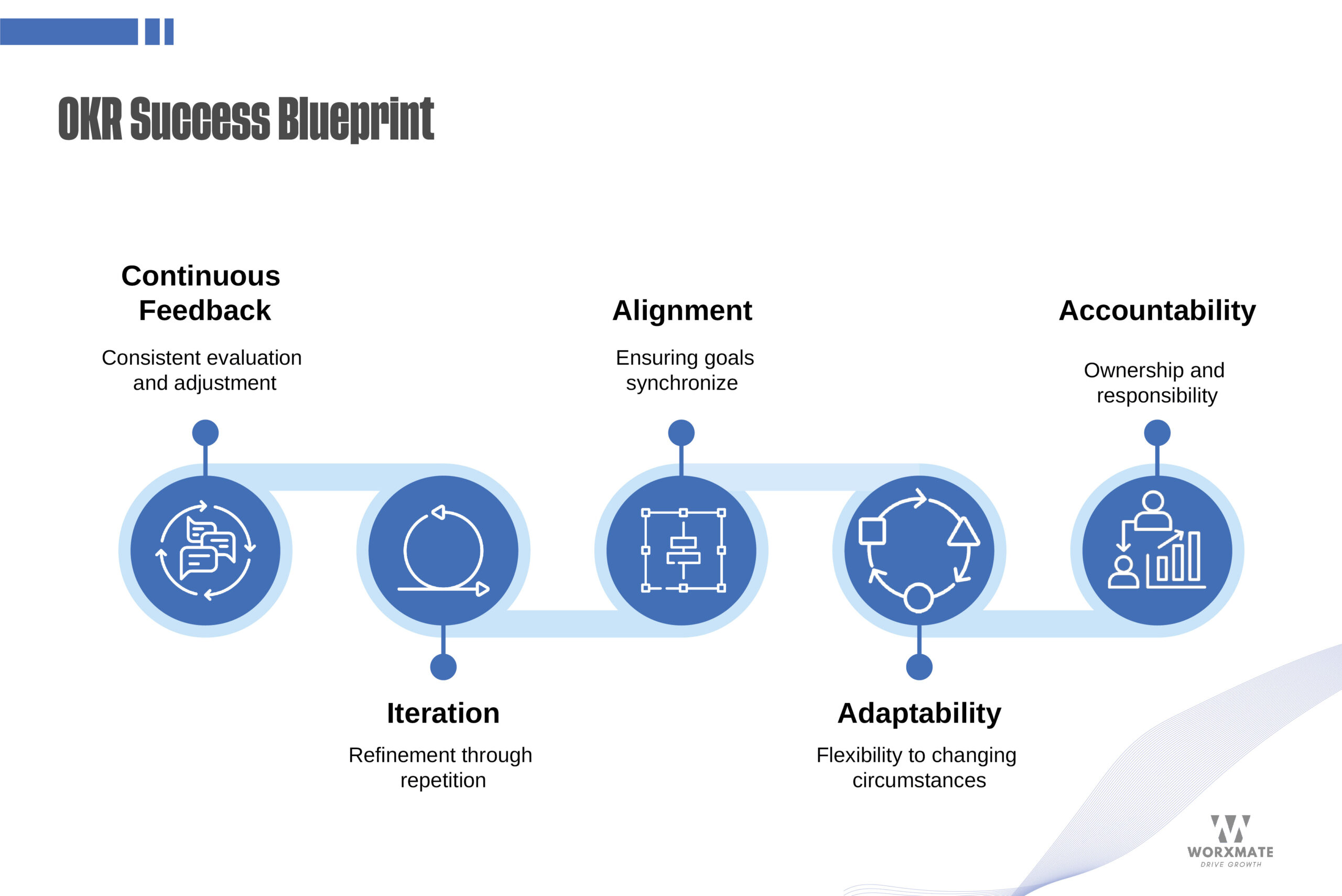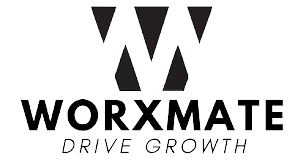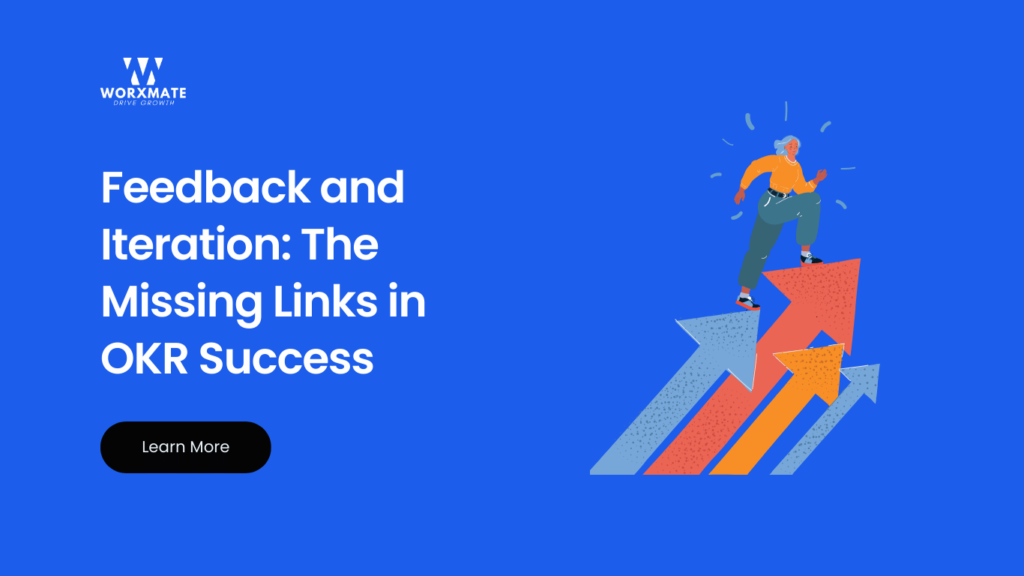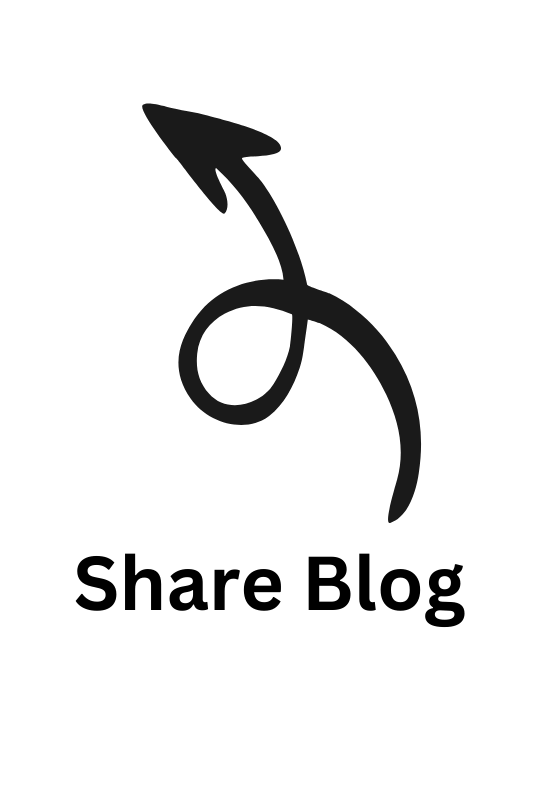So, you’ve heard about OKRs (Objectives and Key Results) and how they can supercharge your organization’s performance. You may have even implemented them to some extent, but you’re not seeing the groundbreaking results you expected.
What could be missing? Well, let me tell you a secret: the real magic happens not just in setting the OKRs but in how you manage them – with continuous feedback and iteration.
Imagine OKRs as your roadmap. Your objectives are like the destinations you aim to reach, and your key results act as markers indicating if you’re headed in the right direction. However, just like with maps, their usefulness depends on how often you refer to them, re-evaluate your path, and adapt as necessary. This underscores the importance of continuous feedback and iteration.

Feedback: The Compass of Progress
Feedback helps you orient and stay on course toward your desired destination. Without it, your OKRs become stagnant, resembling aimless targets adrift in the vast expanse of space. Continuous feedback is the linchpin that sustains your objectives’ relevance, achievability, and alignment with the organization’s dynamic needs.
However, here’s the pivotal point: feedback should not be relegated to the occasional once-a-year performance review or quarterly check-in. Instead, it must be seamlessly integrated into the very fabric of your day-to-day operations, becoming an intrinsic component of your organizational culture.
So, how do you make feedback a natural part of your OKR process? Start by fostering a culture of open communication and transparency. Encourage team members to share their thoughts, concerns, and ideas freely. Regular one-on-one meetings, team huddles, and even informal chats by the coffee machine can provide valuable insights that shape and refine your OKRs.
But feedback isn’t just about giving input – it’s also about actively listening and taking action. When team members raise concerns or suggest improvements, take them seriously. Use their feedback to tweak your OKRs, realign priorities, or remove obstacles standing in the way of success. Remember, feedback is a two-way street – and the more you invest in it, the greater the returns.
Iteration: Navigating the Terrain
Alright, let’s dive into the adventure of iteration! Picture yourself as an explorer embarking on a journey through the terrain of iteration. It’s like traversing a vast landscape filled with peaks and valleys, twists and turns. With each step, you’re refining, improving, and honing your creation. It’s a dynamic process, not a straight path but a winding road leading to innovation and progress.
Think of iteration as your trusty map guiding you through the wilderness of development. You start with a rough sketch of your destination, your initial idea, or concept. Then, armed with feedback and insights, you begin to trek forward, adjusting your course as you go. Maybe you encounter obstacles along the way—a bug here, a design flaw there—but you press on, learning and adapting with each setback.
The beauty of iteration lies in its iterative nature (pun intended). It’s not about getting it perfect on the first try; it’s about embracing the journey of refinement. Like a sculptor chiseling away at a block of marble, each iteration chips away the rough edges, revealing the masterpiece within.
The Feedback Loop in Action
Imagine you’re steering a ship through tumultuous waters, constantly adjusting your course to reach your destination. That’s essentially what the feedback loop is all about – it’s the ongoing process of setting a goal, taking action, receiving feedback, and then using that feedback to adjust your approach. It’s like having a built-in GPS for your goals. Now, let’s talk about OKRs.
The keys to OKRs success lie in clarity, alignment, and adaptability. Firstly, your objectives should be crystal clear, like a lighthouse guiding your way. Everyone on your team should understand exactly what they’re aiming for. Secondly, alignment is crucial – ensuring all hands on deck. Each key result should contribute directly to the objective it’s linked to.
Finally, adaptability is key. Just as a skilled captain adjusts sails to changing winds, you should be ready to pivot and refine your OKRs based on feedback and evolving circumstances. So, by combining the feedback loop with effective OKR management, you’re not just navigating rough waters – you’re charting a course for success with precision and agility.
Inspiring Great Performance: A case study
In response to demoralizing annual performance reviews contributing to high voluntary turnover, Adobe announced a transformative shift in 2012. Introducing a new framework known as Check-in, Adobe aimed to embrace continuous performance management.
This innovative approach focused on three key areas:
- Quarterly OKRs
- Continuous Feedback
- Career Development Conversations and Initiatives
Here’s how Adobe leveraged OKRs within its Check-ins framework to achieve success:
-
Alignment with Company Values:
Adobe’s Check-ins framework incorporated Quarterly OKRs, Continuous Feedback, and Career Development Conversations, aligning with the company’s core values of being genuine, exceptional, innovative, and involved. This alignment ensured employee goals were directly connected to Adobe’s broader objectives.
-
Reduced Voluntary Attrition:
Adobe faced high voluntary turnover rates before implementing check-ins, partly attributed to the demoralizing annual performance review process. By shifting to a more transparent and continuous feedback model with OKRs, Adobe reduced attrition rates significantly. Employees felt more engaged and valued, leading to higher retention rates.
-
Improved Employee Engagement:
Through regular feedback and goal-setting facilitated by OKRs, Adobe saw a noticeable improvement in employee engagement. Employees appreciated the clarity provided by knowing where they stood and how their contributions aligned with company goals. This increased transparency and communication fostered a culture of accountability and collaboration.
-
Enhanced Performance Tracking:
Quarterly OKRs allowed Adobe to track progress more frequently and adapt strategies accordingly. This agile approach enabled teams to focus on high-impact initiatives and adjust courses as needed, improving overall performance and productivity.
-
Tangible Manifestation of Values:
OKRs helped make Adobe’s core values tangible for every employee. Employees could see how their day-to-day actions contributed to Adobe’s broader mission and vision by setting objectives and key results that directly reflected these values.
In summary, Adobe’s successful implementation of OKRs within its Check-ins framework demonstrates the transformative power of continuous performance management. By embracing OKRs, Adobe achieved its business objectives and fostered a culture of transparency, accountability, and employee development.
Conclusion: The Journey Never Ends
Continuous feedback and iteration are not just tools in your OKR toolkit but the keys to unlocking their full potential. By fostering a culture of open communication and adaptability, you can ensure that your OKRs stay relevant, achievable, and impactful.
So, as you embark on your OKR journey, remember: it’s not just about setting ambitious goals – it’s about navigating the twists and turns of progress with humility, agility, and a willingness to course-correct along the way. With continuous feedback as your compass and iteration as your navigator, success is not just a destination – it’s a never-ending journey of growth and improvement.
Are you ready to take your OKR implementation to the next level? Worxmate is here to help. Our platform provides a comprehensive suite of tools and features designed to streamline OKR management, facilitate continuous feedback, and support iterative execution. Worxmate empowers organizations to drive alignment, engagement, and results across the enterprise, from goal setting and progress tracking to feedback loops and performance analytics.
Struggling with feedback and iteration in your OKRs? WorxMate OKR tracking software helps you track progress, refine goals, and drive continuous improvement effortlessly.




